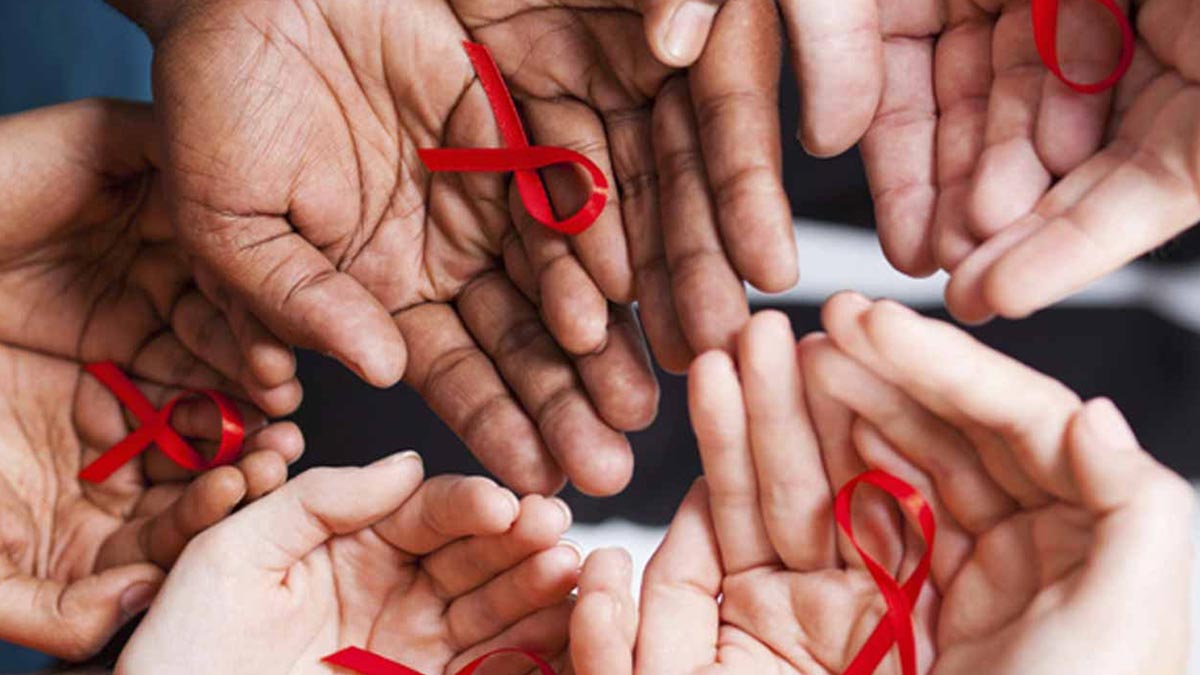
Mizoram, a state in northeastern India, is currently facing a significant public health challenge with a concerning rise in HIV infections. According to the latest data from the Mizoram State AIDS Control Society (MSACS), the state has reported a staggering 16,217 active HIV cases. This number underscores the urgent need for effective strategies to curb the spread of the virus and provide adequate care for those affected.
Table of Content:-
Alarming HIV Prevalence in Mizoram
Mizoram's HIV prevalence rate, as estimated by the National AIDS Control Organization (NACO), stands at 2.73% among adults. This rate is alarmingly high compared to the national average of just 0.2%. The delayed detection of the peak of HIV infections in Mizoram, which occurred in 2017, is one of the critical factors contributing to the state's high prevalence rate. In contrast, other Indian states experienced their peak infection rates as early as 2005, allowing them to implement control measures much sooner.
The MSACS report reveals that of the 16,217 individuals living with HIV in Mizoram, a significant number—500 people—are from outside the state, highlighting the cross-border nature of the epidemic. Additionally, 633 people who have tested positive for HIV are currently refusing to begin Antiretroviral Therapy (ART), a critical treatment that helps manage the virus and prevent its progression to AIDS.

The Toll of HIV in Mizoram
Over the past two decades, Mizoram has recorded 5,021 HIV-related deaths, a grim reminder of the virus's impact on the state's population. The high mortality rate further emphasises the need for timely diagnosis and access to treatment. While significant progress has been made in increasing awareness and providing ART to those in need, challenges remain in ensuring that all HIV-positive individuals receive the necessary care.
Protecting the Next Generation: Preventing Mother-to-Child Transmission
One of the significant successes in Mizoram's fight against HIV is the reduction in mother-to-child transmission of the virus. In 2023, only two babies contracted HIV from 120 HIV-positive mothers who gave birth, thanks to proactive measures taken by the state. The Mizoram State Council on AIDS has been working diligently to identify and treat pregnant women living with HIV, ensuring that they receive appropriate care to prevent the transmission of the virus to their babies. This achievement demonstrates the importance of targeted interventions in reducing new HIV infections.
Also Read: Cholera Outbreak In Sudan Killed At Least 22 People, Says Health Minister
Strategies to Combat the HIV Epidemic in Mizoram
Given the high prevalence of HIV in Mizoram, a multi-faceted approach is necessary to curb the rising number of cases. Here are some key strategies that can be implemented:
Enhanced HIV Testing and Early Detection
Increasing access to HIV testing services, particularly in rural and remote areas, is crucial for early detection and treatment. Early diagnosis not only improves the quality of life for those living with HIV but also reduces the risk of transmission to others.
Strengthening ART Programs
Ensuring that all HIV-positive individuals have access to ART is vital in managing the virus and preventing its progression. The state must address the issue of individuals refusing treatment by providing counselling and education on the benefits of ART.
Public Awareness Campaigns
Raising awareness about HIV, its modes of transmission, and prevention methods is essential in reducing the stigma associated with the virus. Public health campaigns should target high-risk groups and the general population to promote safe practices and encourage regular testing.
Targeted Interventions for High-Risk Groups
Certain populations, such as intravenous drug users and sex workers, are at higher risk of contracting HIV. Implementing harm reduction programs, such as needle exchange services and safe sex education, can significantly reduce the spread of HIV within these groups.
Also Read: Indian Airports And Borders On High Alert As Mpox Cases Rise Globally
Community Engagement and Support
Engaging communities in the fight against HIV is critical for the success of any intervention. Community-based organisations can play a significant role in spreading awareness, providing support services, and reducing the stigma associated with HIV.
Bottomline
Mizoram's battle with HIV is far from over, but the state has made commendable progress in certain areas, such as preventing mother-to-child transmission. However, the high prevalence rate and the number of untreated cases highlight the need for sustained efforts and effective strategies. By enhancing HIV testing, strengthening ART programs, and implementing targeted interventions, Mizoram can take significant steps towards controlling the HIV epidemic and improving the lives of those affected by the virus. The commitment of the state government, healthcare providers, and the community will be crucial in achieving this goal.
Also watch this video
How we keep this article up to date:
We work with experts and keep a close eye on the latest in health and wellness. Whenever there is a new research or helpful information, we update our articles with accurate and useful advice.
Current Version